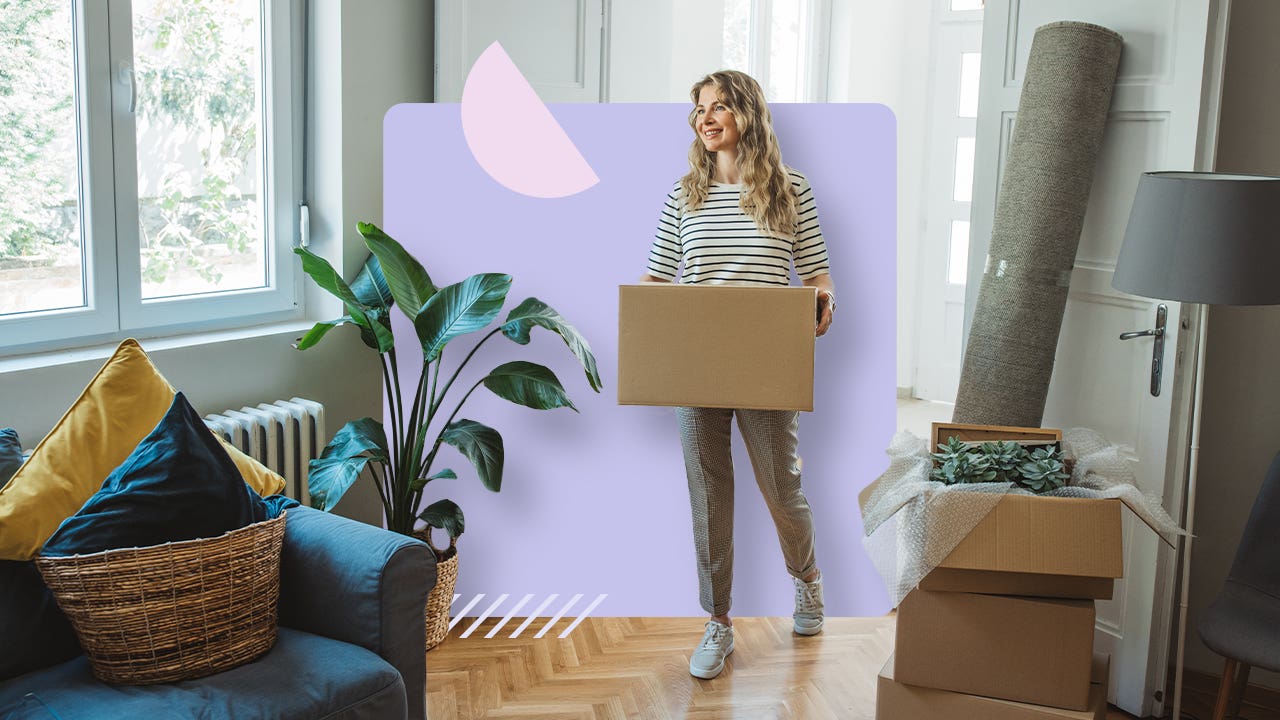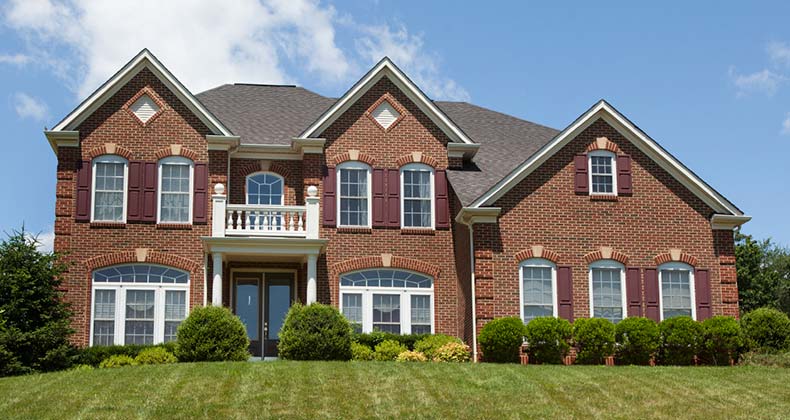Single women homebuyer statistics and tips 2024

Key single women homeowner insights
- Single women made up 19% of all homebuyers in 2023. (National Association of Realtors)
- Single women householders own 20.3 million homes in the U.S., compared to single men householders who own 14.9 million homes. Married couples own 49.3 million homes. (U.S. Census Bureau)
- In the past 40 years, the share of single women buyers has consistently outpaced the share of single men buyers. (National Association of Realtors)
- Single women homebuyers predominantly identify as White/Caucasian (81%), followed by Black/African-American (10%), Hispanic/Latino (6%) and Asian/Pacific Islander (3%). (National Association of Realtors)
- As of 2023, the median household income for single female homebuyers was $70,600. (National Association of Realtors)
- Single women and men homebuyers are more likely than other groups to buy a rowhouse, townhouse, cabin or cottage versus a detached single-family home. (National Association of Realtors)
Reasons to buy a home as a single buyer
There are many reasons single women seek to become homeowners, including the desire to own their own home and live in proximity to friends and family, according to the National Association of Realtors. Compared to single men, single women aren’t as motivated by factors such as a change in family situation — divorce, for example — or retirement.
“Single women are also more likely to be caregivers for children and elderly relatives,” says Dr. Jessica Lautz, deputy chief economist and vice president of Research for the National Association of Realtors. “Homeownership removes the unknowns from their living situation.”
That sense of stability is what drove Sarah Gage, senior editor at Bankrate, to buy a home as a single mother.
“I rented in my current area for a few years while I was deciding whether or not I wanted to stay long-term,” says Gage. “Once I was sure I wanted to stick around, buying a house let me create more stability for my son. Not having to worry about a landlord selling the property out from under us brings me a lot of comfort.”
Buying a house let me create more stability for my son. Not having to worry about a landlord selling the property out from under us brings me a lot of comfort.
— Sarah Gage Senior editor, Bankrate
Tips to buy a home as a single buyer
Whether you’re a single homebuyer or purchasing a home with a partner, family or friends, financial preparation is key. If you’re a single buyer with one source of income, you might need to take extra care to ensure you qualify for the loan amount you need, as well as budget for the other costs associated with buying and owning a home.
“As a single woman, I don’t have the luxury of a second income, either to help me buy in the first place or to split the ongoing costs of homeownership,” says Gage. “I have to be mindful about making sure I have savings for repairs and other issues, and I usually keep at least one side hustle going as a backup plan.”
Here are more tips:
1. Strengthen your credit score
While you could qualify for a mortgage with a credit score in the 500s, it’s better to improve your score so you’re eligible for the lowest possible mortgage rate and other more favorable loan terms. Well before applying for a mortgage, check your credit reports and scores. If your credit score needs work, try these methods to improve it.
2. Take a realistic look at your debt load
To qualify for a mortgage with the best possible rate, you’ll need an acceptable debt-to-income (DTI) ratio, typically no more than 45 percent. If you’re carrying long-term debt with a high monthly payment, try to find ways to pay that down before applying for a mortgage. Here are some strategies.
If you’re close to paying off a loan, communicate that to your mortgage lender. Depending on the type of mortgage you’re getting, a loan that’s soon-to-be-cleared won’t count against your DTI ratio.
3. Explore low-down payment mortgage options
You don’t have to put 20 percent down to get a mortgage. If your credit score is at least 620, you might qualify for a conventional loan with as little as 3 percent down. If your credit is on the lower end, look into an FHA loan, which only requires 3.5 percent down.
4. Look into down payment assistance
Most state housing finance agencies offer lower-cost mortgages and down payment assistance to eligible first-time homebuyers or buyers with lower incomes. If you’re a single parent, you might qualify for more assistance due to the size of your household.
5. Prepare for homeownership costs
More than two in three (42 percent) of U.S. adults would be worried about having enough savings to cover their immediate living expenses for the next month if they were to lose their job tomorrow, according to Bankrate’s annual Emergency Savings Report. As a homeowner, you shoulder the responsibility for repairs and upkeep — and even more so if you’re a single homeowner without another income to rely on. Along with preparing to cover a down payment and closing costs, figure emergency savings and household maintenance expenses into your budget.
-
The study on emergency savings (that was conducted December 2023) was conducted by SSRS on its Opinion Panel Omnibus platform. The SSRS Opinion Panel Omnibus is a national, twice-per-month, probability-based survey. Data collection was conducted from December 15 – December 17, 2023, among a sample of 1036 respondents. The survey was conducted via web (n=1006) and telephone (n=30) and administered in English (n=1010) and Spanish (n=26). The margin of error for total respondents is +/-3.6 percentage points at the 95% confidence level. All SSRS Opinion Panel Omnibus data are weighted to represent the target population of U.S. adults ages 18 or older.
Why we ask for feedback Your feedback helps us improve our content and services. It takes less than a minute to complete.
Your responses are anonymous and will only be used for improving our website.






